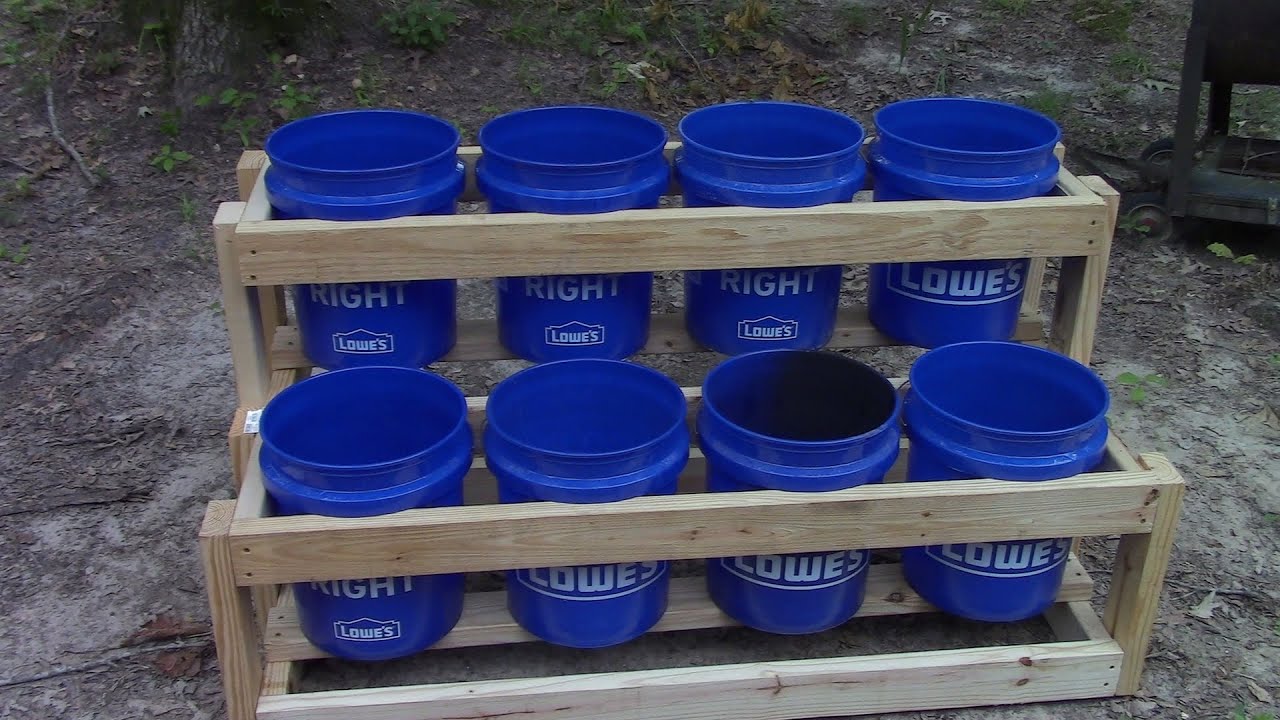

Articles
How To Store 5 Gallon Buckets
Modified: January 19, 2024
Learn the best techniques for storing 5-gallon buckets with these informative articles. Discover tips and tricks for maximizing their durability and space-saving potential.
(Many of the links in this article redirect to a specific reviewed product. Your purchase of these products through affiliate links helps to generate commission for Storables.com, at no extra cost. Learn more)
Introduction
Welcome to our comprehensive guide on how to store 5-gallon buckets! Whether you’re a homeowner, gardener, or DIY enthusiast, 5-gallon buckets can be incredibly useful for storing and organizing various items. From tools and hardware to food and supplies, these versatile containers provide ample space and durability. However, proper storage is essential to ensure the longevity and usability of your 5-gallon buckets.
In this article, we will walk you through the process of storing 5-gallon buckets effectively. We will explore various factors such as choosing the right location, cleaning and preparing the buckets, organizing and stacking them, using shelving systems and hooks, labeling and identifying buckets, dealing with moisture and humidity, and protecting them from pests and rodents.
By following the tips and techniques outlined in this guide, you’ll be able to maximize the storage potential of your 5-gallon buckets, keep your belongings safe and organized, and reduce clutter in your living or working space. So, without further ado, let’s dive into the world of efficient 5-gallon bucket storage!
Key Takeaways:
- Efficiently store 5-gallon buckets by choosing the right location, cleaning and organizing them, utilizing shelving systems, and protecting them from moisture, pests, and rodents. Maximize space and maintain accessibility with these expert tips!
- Keep your 5-gallon buckets organized and accessible by using hooks, labels, and shelving systems. Protect them from moisture, pests, and rodents to ensure the longevity and quality of your stored items.
Read more: How To Store Food In 5 Gallon Buckets
Choosing the Right Location
When it comes to storing 5-gallon buckets, selecting the right location is crucial. The ideal storage area should be clean, dry, and easily accessible. Here are some factors to consider when choosing the right location for your buckets:
- Indoor vs. Outdoor: Determine whether you will be storing your buckets indoors or outdoors. While indoor storage offers better protection from the elements, outdoor storage might be necessary if you have limited space. If storing outdoors, make sure to choose a covered area or use waterproof covers to protect the buckets from rain and sunlight.
- Temperature and Humidity: Aim to store your buckets in an area with stable temperature and low humidity. Extreme temperatures can cause the buckets to deteriorate or even melt, while high humidity can lead to mold and mildew growth. Avoid storing buckets in basements or areas prone to moisture accumulation.
- Accessibility: Consider how frequently you will need to access the items stored in the buckets. If you anticipate regular use, choose a location that is easily accessible and convenient. This could be a garage, shed, or storage room that is not obstructed or difficult to reach.
- Security: If you are storing valuable or sensitive items in the buckets, prioritize security. Choose a location that is secure, such as a locked cabinet or a room with limited access. This will help protect your belongings from theft or damage.
- Stability: Make sure the location you choose is stable and free from potential hazards. Avoid placing your buckets near heavy machinery, sharp objects, or areas prone to vibrations. This will minimize the risk of the buckets falling or getting damaged.
By considering these factors, you can select a suitable location that ensures the longevity and safety of your 5-gallon buckets. Remember, a well-chosen storage spot will make it easier to access your items and protect them from environmental damage. Now that you have chosen the location, it’s time to clean and prepare the buckets for storage.
Cleaning and Preparing the Buckets
Before storing any items in your 5-gallon buckets, it is essential to clean and prepare them properly. This ensures that the buckets are free from dirt, debris, and contaminants that could potentially damage the stored items or compromise their quality. Follow these steps to clean and prepare your buckets:
- Empty and Rinse: Start by emptying any contents from the buckets. If there are any lingering residues or dirt, rinse the buckets with water to remove them. Use a mild detergent if necessary.
- Sanitize: To eliminate any bacteria or germs, sanitize the buckets using a solution of water and mild bleach. Mix 1 tablespoon of bleach per gallon of water and thoroughly wipe the bucket surfaces with this solution. Be sure to rinse off the bleach solution and allow the buckets to dry completely.
- Inspect for Damage: Check the buckets for any signs of cracks, holes, or damage. Damaged buckets can compromise the integrity of the stored items and lead to leaks or spills. If you find any damaged buckets, consider replacing them to ensure safe storage.
- Dry Thoroughly: After sanitizing and inspecting, make sure the buckets are completely dry before storing anything in them. Moisture can promote the growth of mold and mildew, which can ruin the items inside the buckets.
Once the buckets are clean and dry, you can proceed with organizing and stacking them for efficient storage. Remember, cleanliness is key to maintaining the quality and longevity of your stored items. By following these cleaning and preparation steps, you can ensure that your 5-gallon buckets are ready to be utilized effectively.
Stacking and Organizing 5 Gallon Buckets
Proper stacking and organizing of 5-gallon buckets is essential to maximize storage space and maintain an orderly storage area. Here are some tips to help you stack and organize your buckets effectively:
- Uniform Size: Use buckets that are of the same size and shape to ensure stable stacking. Mixing different sizes or shapes can lead to instability and the risk of buckets toppling over.
- Consider Weight: Take into account the weight of the items you plan to store in the buckets. If storing heavy items, avoid stacking too high to prevent the buckets from becoming unstable or causing injuries.
- Interlock Handles: When stacking buckets, make use of the handles to interlock them. This helps create a more secure and stable stack, reducing the chances of the buckets shifting or toppling.
- Use Spacer Materials: Place spacer materials between stacked buckets to provide stability and prevent them from sticking together. You can use pieces of cardboard or foam as spacers.
- Create Layers: If you have multiple buckets to store, consider creating layers. Stack the buckets in a pyramidal shape, with the bottom layer consisting of the most frequently accessed buckets. This allows easy access to the desired bucket without having to dismantle the entire stack.
- Label and Document: To keep track of the items stored in each bucket, label them clearly. Use waterproof labels or markers to identify the contents, dates, or any other relevant information. Additionally, maintain a document or inventory list that specifies the contents of each bucket for easy reference.
- Consider Shelving: If you have a larger collection of buckets, investing in a shelving system can provide convenient storage and easy access. Shelving units specifically designed for 5-gallon buckets are available in various sizes and configurations.
By following these tips for stacking and organizing your 5-gallon buckets, you can efficiently utilize your storage space and easily access the items when needed. Now that you have organized the buckets, let’s explore the different options for utilizing shelving systems to store the buckets.
Using Shelving Systems for Buckets
Shelving systems are an excellent option for organizing and storing 5-gallon buckets efficiently. They provide stability, accessibility, and maximize your storage space. Here are some tips for using shelving systems to store your buckets:
- Select the Right Shelving Unit: Choose a shelving unit that is specifically designed for 5-gallon buckets. These units typically have shelves with the appropriate dimensions and weight capacity to accommodate the buckets.
- Adjustable Shelves: Look for shelving units with adjustable shelves. This allows you to customize the spacing between shelves to fit your specific needs. You can adjust the shelves to accommodate different heights of buckets or create additional space for other items.
- Sturdy Construction: Opt for shelving units made of durable materials such as metal or heavy-duty plastic. Sturdiness is essential to safely support the weight of the buckets and prevent the shelves from buckling or collapsing.
- Proper Installation: Make sure to follow the manufacturer’s instructions for proper installation of the shelving system. Incorrect installation can compromise the stability of the unit and pose a safety risk.
- Organize by Category: Use the shelving system to organize your buckets by category. For example, you can allocate shelves for gardening supplies, tools, cleaning products, or emergency supplies. This allows for easy identification and access to the items you need.
- Utilize Hooks and Hanging Options: Some shelving units come with built-in hooks or hanging options. Take advantage of these features to hang smaller buckets or accessories, further optimizing your storage space.
- Consider Modular Shelving: If you have a large quantity of buckets or anticipate future expansion, consider using modular shelving systems. These systems allow you to add or remove shelves as needed, providing flexibility and adaptability to your changing storage requirements.
Using shelving systems for your 5-gallon buckets not only keeps your storage area organized but also makes it easier to access the items you need. By following these tips, you can create a functional and efficient storage solution for your buckets. Now let’s explore another option for storing buckets using hooks.
Store 5-gallon buckets upside down to prevent water from collecting in the lid’s rim, which can lead to rust and mold growth. This also helps to keep the buckets clean and ready for use.
Read more: How To Store Flour In 5 Gallon Buckets
Using Hooks for Hanging Buckets
If you have limited floor space or prefer a more vertical storage solution, using hooks to hang your 5-gallon buckets can be a practical and space-saving option. Hanging buckets not only keep them off the ground but also make them easily accessible. Here are some tips for using hooks to hang your buckets:
- Choose Strong and Sturdy Hooks: Select hooks that are strong and sturdy enough to hold the weight of the buckets when filled. Look for hooks made of durable materials such as metal or heavy-duty plastic.
- Wall or Ceiling Mount: Determine whether you want to mount the hooks on a wall or from the ceiling. Consider factors such as available space, ceiling height, and the accessibility of the buckets when making your decision.
- Proper Installation: Follow the manufacturer’s instructions for installing the hooks securely. Ensure that the hooks are firmly attached to the wall or ceiling to prevent them from coming loose under the weight of the buckets.
- Spacing and Arrangement: Plan the spacing and arrangement of the hooks to optimize your storage space. Allow enough distance between each hook to accommodate the size of your buckets and provide easy access to each one.
- Hanging Bucket Accessories: Consider using additional accessories to enhance the hanging capabilities of your buckets. Bucket hooks, hangers, or straps designed specifically for this purpose can provide added stability and security.
- Labeling: Ensure that each hanging bucket is clearly labeled to identify its contents. You can attach waterproof labels or use markers to indicate the items stored in each bucket. This makes it easier to locate and retrieve specific items when needed.
- Weight Distribution: Distribute the weight of the buckets evenly when hanging them. Avoid overloading one side of the hooks, as this can cause imbalance and potentially damage the hooks or the buckets themselves.
Using hooks to hang your 5-gallon buckets is a great way to maximize space and keep your storage area organized. Whether you choose to hang them on the wall or from the ceiling, following these tips will help ensure secure and efficient storage. Now, let’s move on to the importance of labeling and identifying your buckets.
Labeling and Identifying Buckets
Labeling and identifying your 5-gallon buckets is crucial for maintaining an organized storage system. Clear labeling allows you to quickly and easily locate specific items, saving time and effort. Here are some tips for effectively labeling and identifying your buckets:
- Use Waterproof Labels: To ensure the longevity of your labels, use waterproof labels or tags. This helps protect the labels from moisture, spills, or other potential damages.
- Markers or Tape: If using labels is not feasible, you can directly write on the buckets using permanent markers or colored tape. Just make sure the writing is clear and easily legible.
- Color Coding: Consider implementing a color-coding system for your buckets. Assign different colors to represent specific categories or types of items. This visual cue makes it easier to identify and retrieve the desired bucket at a glance.
- Label both Sides: Place labels or markings on both sides of the bucket. This ensures visibility regardless of how the buckets are stacked or arranged.
- Include Contents and Date: Write or label the contents of each bucket, as well as the date of storage. This helps you keep track of the items inside and ensures that perishable items are used or replaced in a timely manner.
- Inventory List: Maintain an inventory list that documents the contents of each labeled bucket. This list serves as a reference guide, allowing you to quickly locate items without having to search through each individual bucket.
- Update as Needed: Regularly review and update your labels and inventory list. Remove or replace labels that have faded or become illegible, and update the inventory list whenever items are added or removed from the buckets.
- Picture Catalog: If you have a large number of buckets or frequently change the stored items, consider creating a picture catalog. Take photos of each bucket’s contents and attach them to your inventory list. This provides a visual reference and helps in quickly identifying the items without having to open the buckets.
Effective labeling and identification of your buckets not only facilitates easy access to stored items but also helps maintain an organized storage system. By following these tips, you can ensure that everything is properly labeled and quickly find what you need. Now, let’s move on to addressing the challenges of moisture and humidity in bucket storage.
Dealing with Moisture and Humidity
Moisture and humidity can pose a challenge when storing 5-gallon buckets, as they can cause damage to the contents and compromise the integrity of the buckets themselves. Here are some tips to help you deal with moisture and humidity:
- Choose a Dry Storage Location: Select a storage area that is dry and well-ventilated. Avoid areas with high humidity, such as basements or areas prone to water leaks.
- Use Desiccants: Place desiccant packs or moisture absorbers in the buckets to absorb excess moisture. These are especially useful if you’re storing items that are sensitive to humidity, such as food or electronics.
- Seal Buckets Properly: Ensure that the lids of your buckets are tightly sealed to prevent moisture from entering. Use rubber gaskets or silicone seals if necessary.
- Consider Silica Gel Packs: Silica gel packs are another effective option for reducing moisture in the buckets. These packs are available in various sizes and can absorb moisture from the surrounding environment.
- Monitor Humidity Levels: Use a humidity monitor in your storage area to keep track of the humidity levels. If the area becomes too humid, implement additional measures such as dehumidifiers or fans to reduce moisture.
- Regular Inspection: Periodically inspect the buckets for any signs of moisture or condensation. If you notice any, remove the items, dry the buckets thoroughly, and consider implementing additional moisture control methods.
- Replace Damaged Buckets: If you find any buckets that have been compromised by moisture, such as cracks or warping, replace them immediately to prevent further damage or potential leaks.
- Properly Dry Stored Items: Before placing items in the buckets, ensure that they are fully dry. Moisture from wet or damp items can seep into the buckets and create a humid environment.
By proactively addressing moisture and humidity issues, you can protect your stored items and maintain the longevity of your buckets. Implementing these measures will help prevent damage and preserve the quality of both the contents and the buckets themselves. Now, let’s explore ways to protect your buckets from pests and rodents.
Protecting Buckets from Pests and Rodents
Pests and rodents can wreak havoc on your 5-gallon buckets, causing damage to the contents and potentially contaminating stored items. To prevent infestations and protect your buckets, consider implementing the following measures:
- Seal Entry Points: Inspect your storage area for any openings or gaps where pests or rodents could enter. Seal cracks, holes, and gaps in walls, floors, or ceilings using caulk, steel wool, or other appropriate materials.
- Keep the Area Clean: Regularly clean your storage area and the surrounding space. Remove any food debris, spills, or other attractants that may entice pests or rodents. A clean environment reduces the risk of infestation.
- Store Food Properly: If you are storing food items, ensure they are properly sealed and stored in airtight containers. This prevents pests from detecting and accessing the food.
- Use Pest Deterrents: Consider using pest deterrents such as adhesive traps, ultrasonic devices, or natural repellents. These can help keep pests and rodents away from your storage area.
- Elevate the Buckets: Raise your buckets off the ground by placing them on pallets or platforms. This creates a barrier that makes it harder for pests and rodents to access the buckets.
- Regular Inspection: Frequently inspect your buckets for any signs of pest activity, such as droppings or gnaw marks. If you suspect an infestation, take immediate action to eliminate the pests and protect your stored items.
- Secure Lids: Ensure that the lids of your buckets are tightly sealed and difficult for pests or rodents to open. Consider using additional measures such as bungee cords or locking mechanisms if necessary.
- Regular Maintenance: Maintain good housekeeping practices in your storage area. Regularly clean the space, dispose of any trash or debris, and promptly repair any damages or potential entry points.
By implementing these preventive measures, you can minimize the risk of pests and rodents infesting your buckets and protect the quality of your stored items. It’s important to be proactive and vigilant to ensure that pests and rodents do not compromise the integrity of your storage system. Now, let’s summarize the key points we have covered in this article.
Read more: How To Store Rice In 5 Gallon Buckets
Conclusion
Storing 5-gallon buckets effectively involves careful consideration of various factors, from choosing the right location to protecting them from pests and rodents. By implementing the tips and techniques outlined in this guide, you can ensure the longevity, organization, and accessibility of your stored items. Let’s summarize the key points we covered:
1. Choosing the right location is essential for the storage of 5-gallon buckets. Consider factors such as indoor vs. outdoor storage, temperature, accessibility, security, and stability.
2. Cleaning and preparing the buckets before storage helps maintain their quality. Empty and rinse the buckets, sanitize them, inspect for damage, and ensure they are completely dry.
3. Properly stacking and organizing the buckets maximizes storage space. Use uniform-size buckets, interlock handles for stability, utilize spacer materials, create layers, label each bucket clearly, and consider using shelving systems.
4. Shelving systems provide stability and easy access to the buckets. Select a suitable shelving unit, adjust shelves if necessary, ensure sturdy construction, and organize the buckets by category.
5. Using hooks for hanging buckets is a space-saving solution. Choose strong hooks, consider wall or ceiling mount, plan the spacing and arrangement, utilize hanging accessories, and ensure proper labeling.
6. Proper labeling and identification of buckets allow for easy access. Use waterproof labels, markers, or color-coding, label both sides of the buckets, include contents and dates, maintain an inventory list, and consider a picture catalog for large quantities or frequently changing contents.
7. Moisture and humidity can damage buckets and their contents. Choose a dry storage location, use desiccants or silica gel packs, properly seal the buckets, monitor humidity levels, perform regular inspections, and replace damaged buckets.
8. Protecting buckets from pests and rodents is crucial. Seal entry points, keep the area clean, store food properly, use deterrents if needed, elevate the buckets, perform regular inspections, secure lids, and maintain regular maintenance.
By following these guidelines, you can store your 5-gallon buckets efficiently, maintain the quality of your items, and ensure they are easily accessible when needed. Whether you are storing tools, food, or other supplies, proper storage techniques will help keep everything organized and in good condition. So, start implementing these tips today and enjoy a well-organized and efficient storage solution for your 5-gallon buckets!
Frequently Asked Questions about How To Store 5 Gallon Buckets
Was this page helpful?
At Storables.com, we guarantee accurate and reliable information. Our content, validated by Expert Board Contributors, is crafted following stringent Editorial Policies. We're committed to providing you with well-researched, expert-backed insights for all your informational needs.
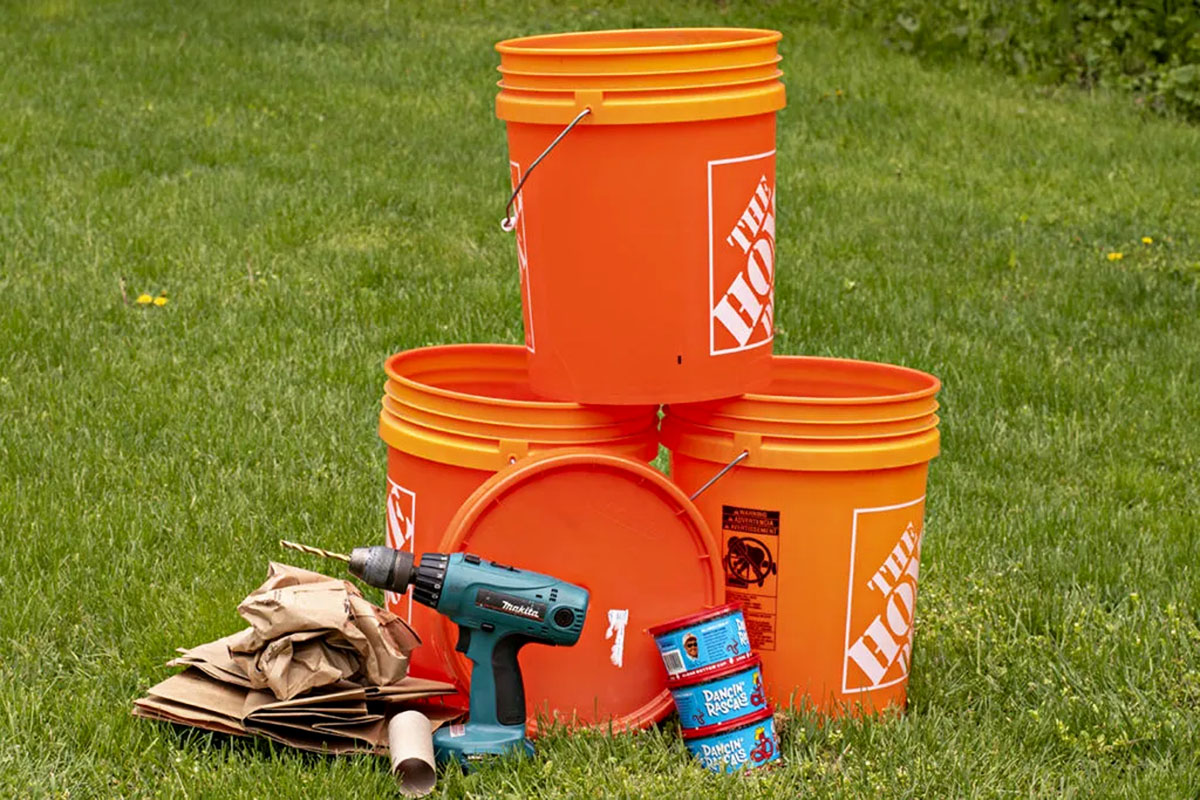
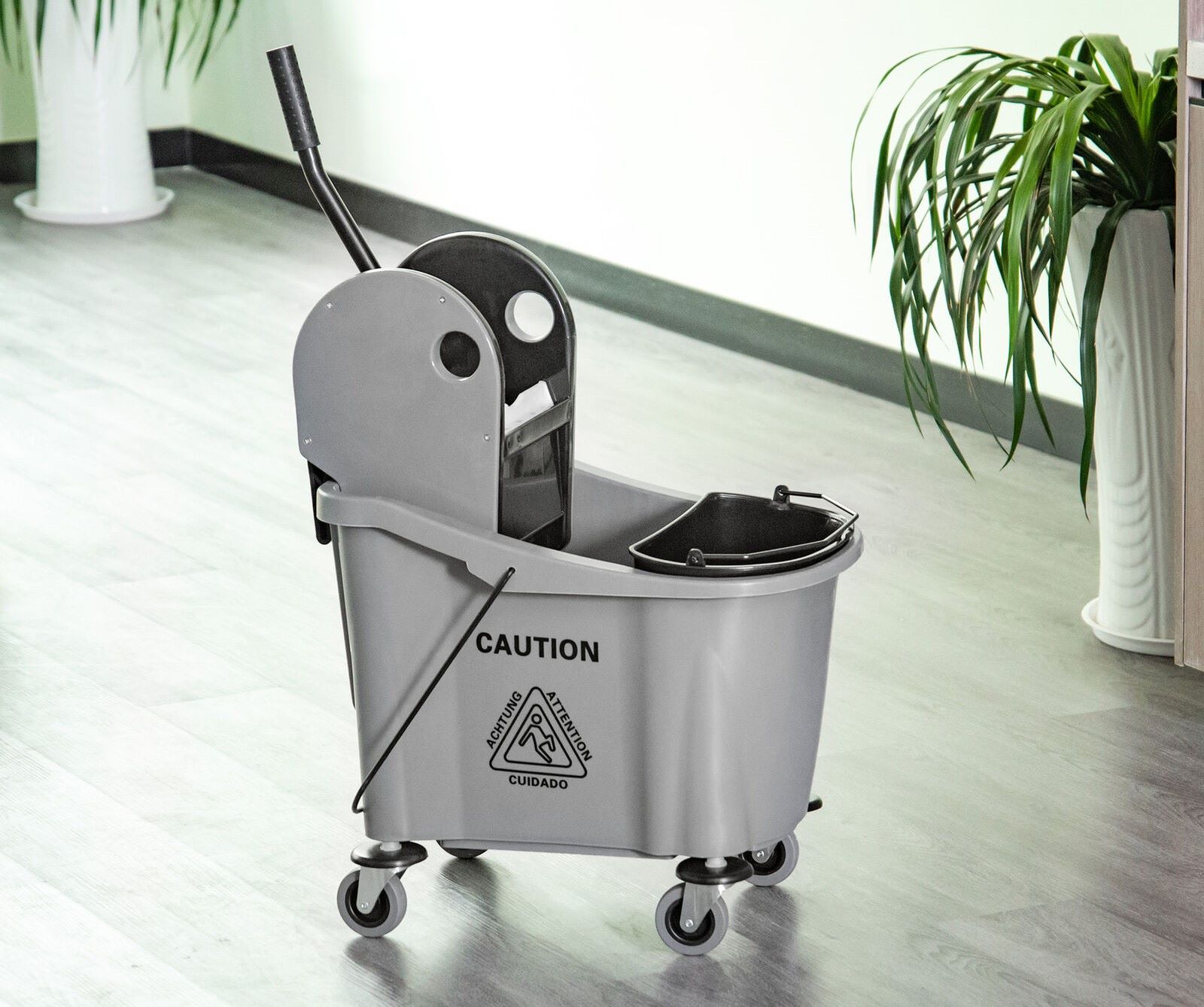
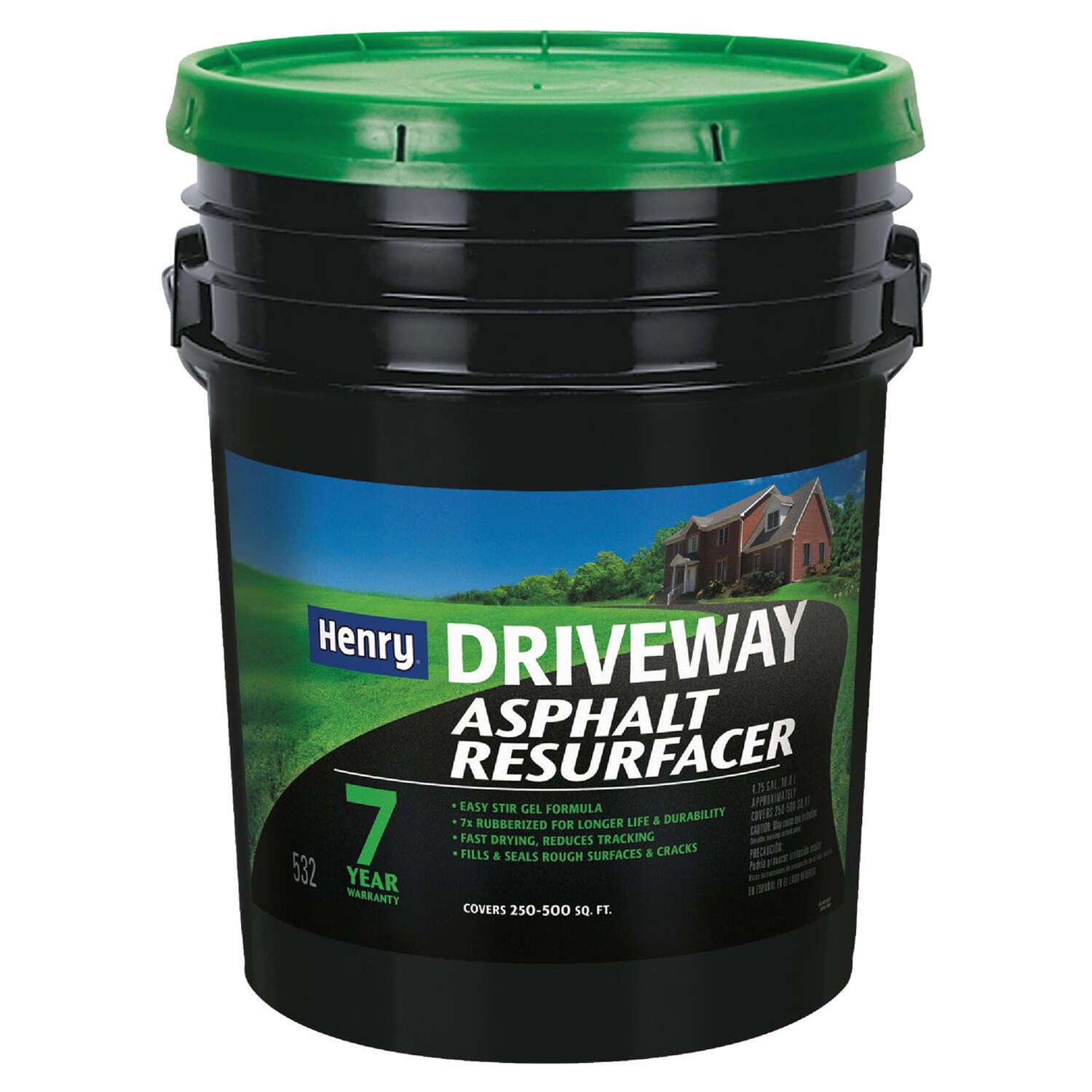
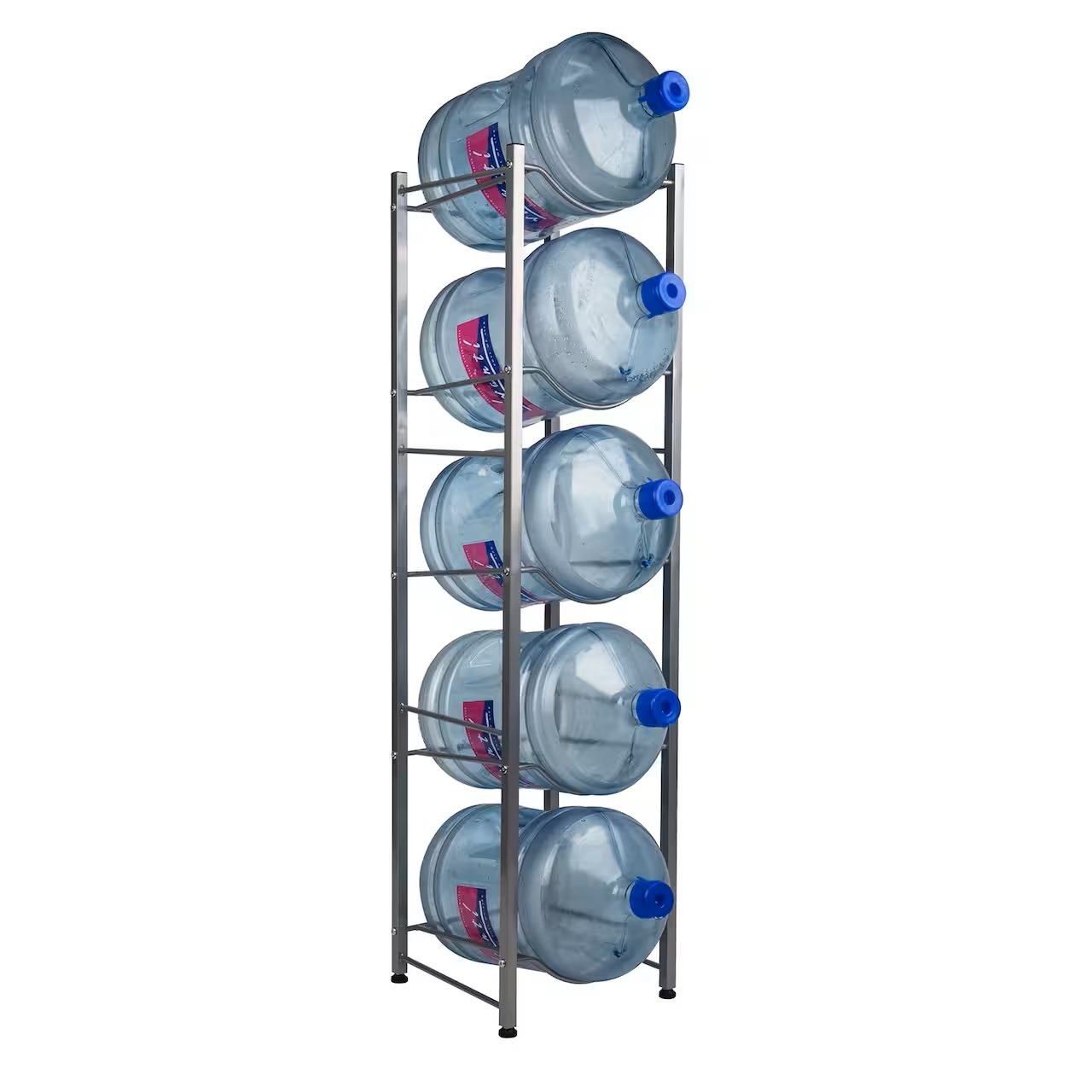
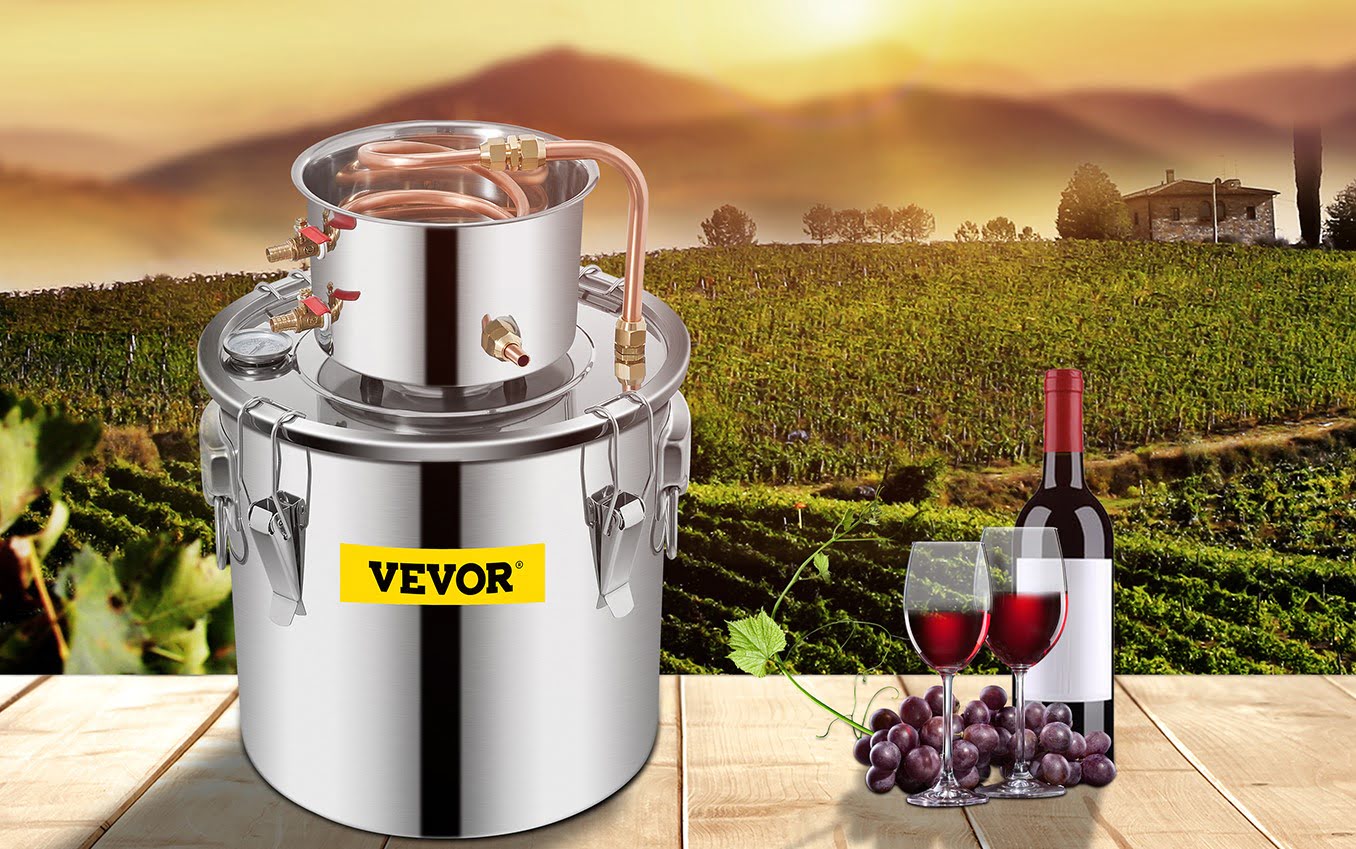
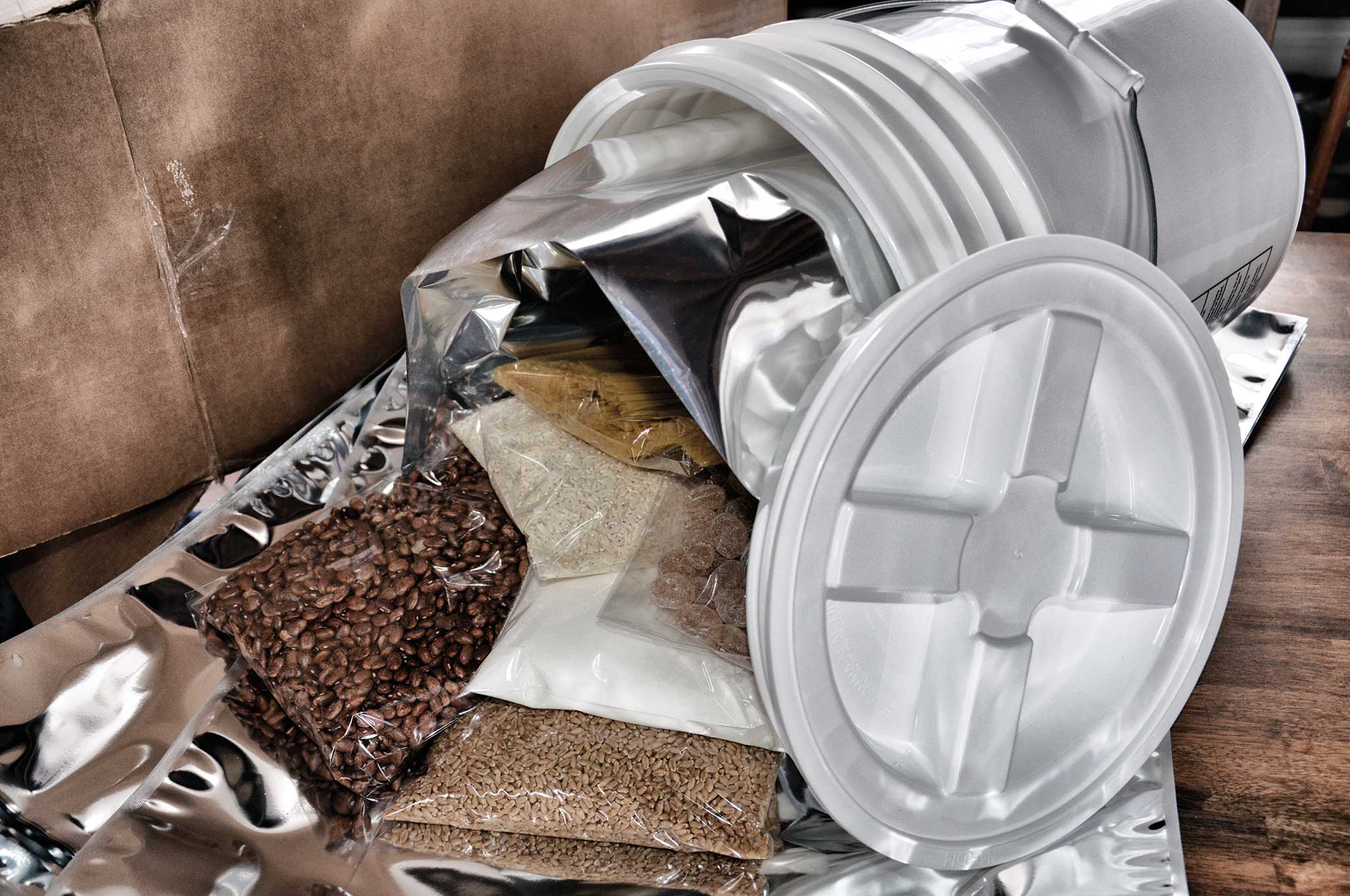



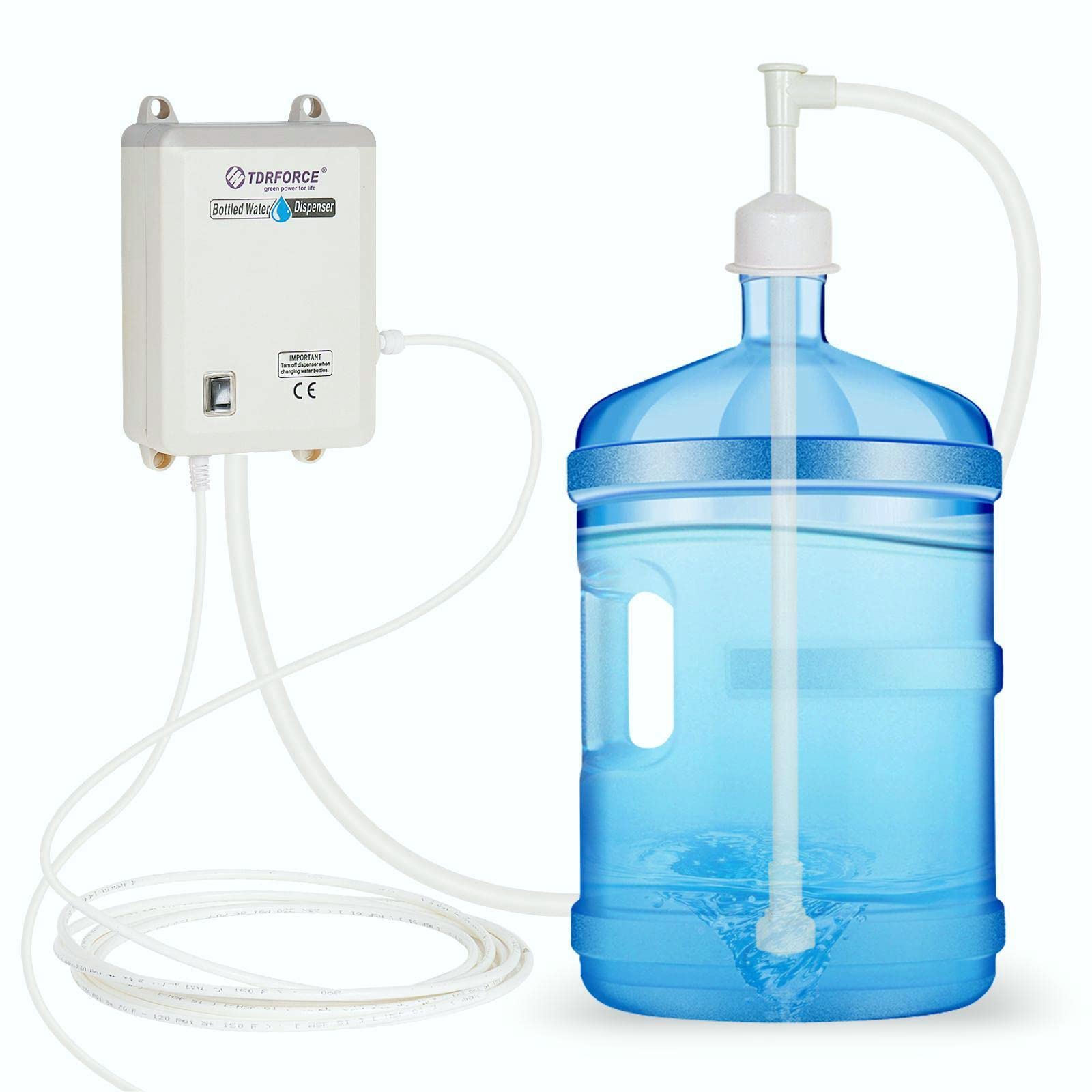
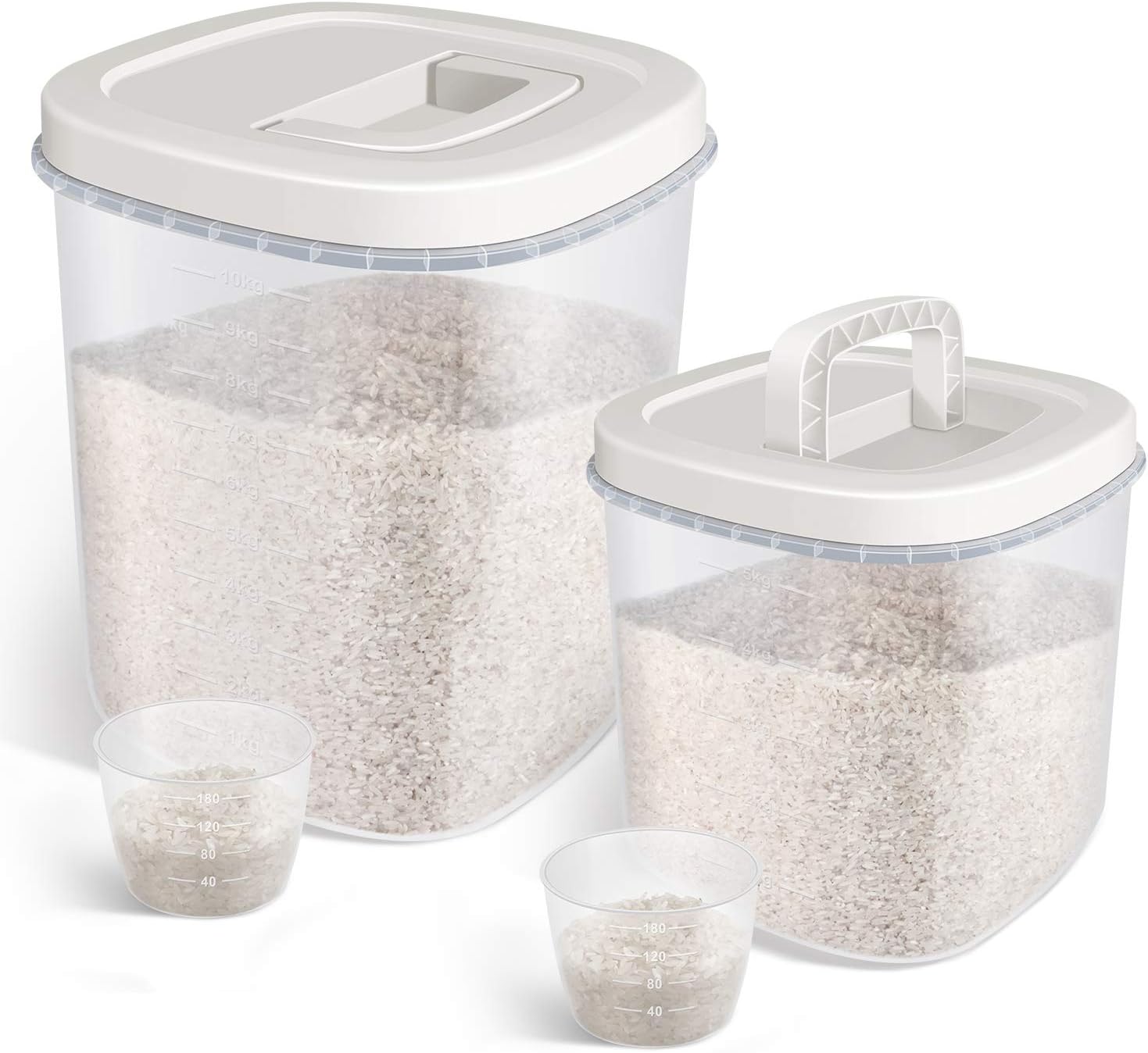
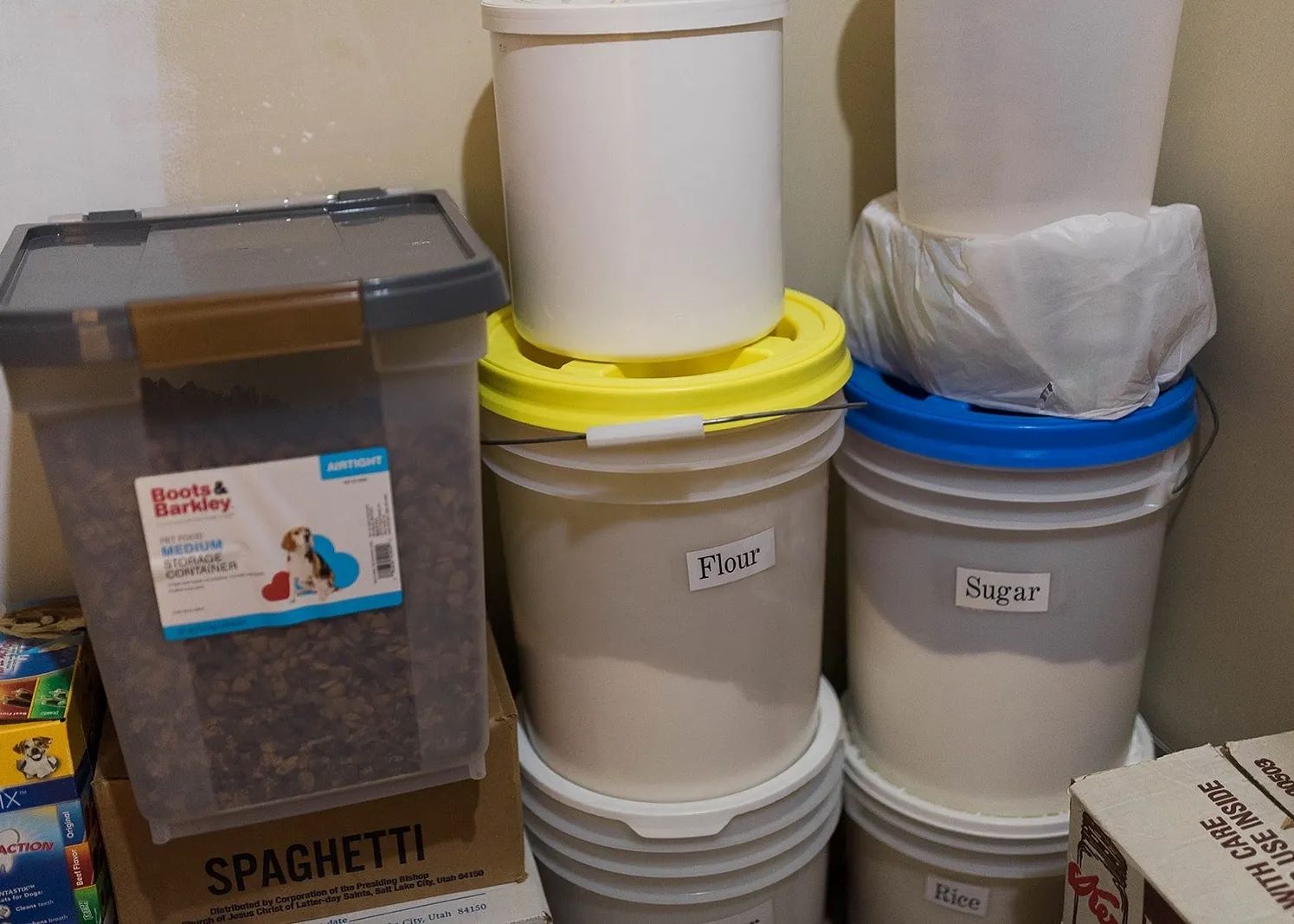
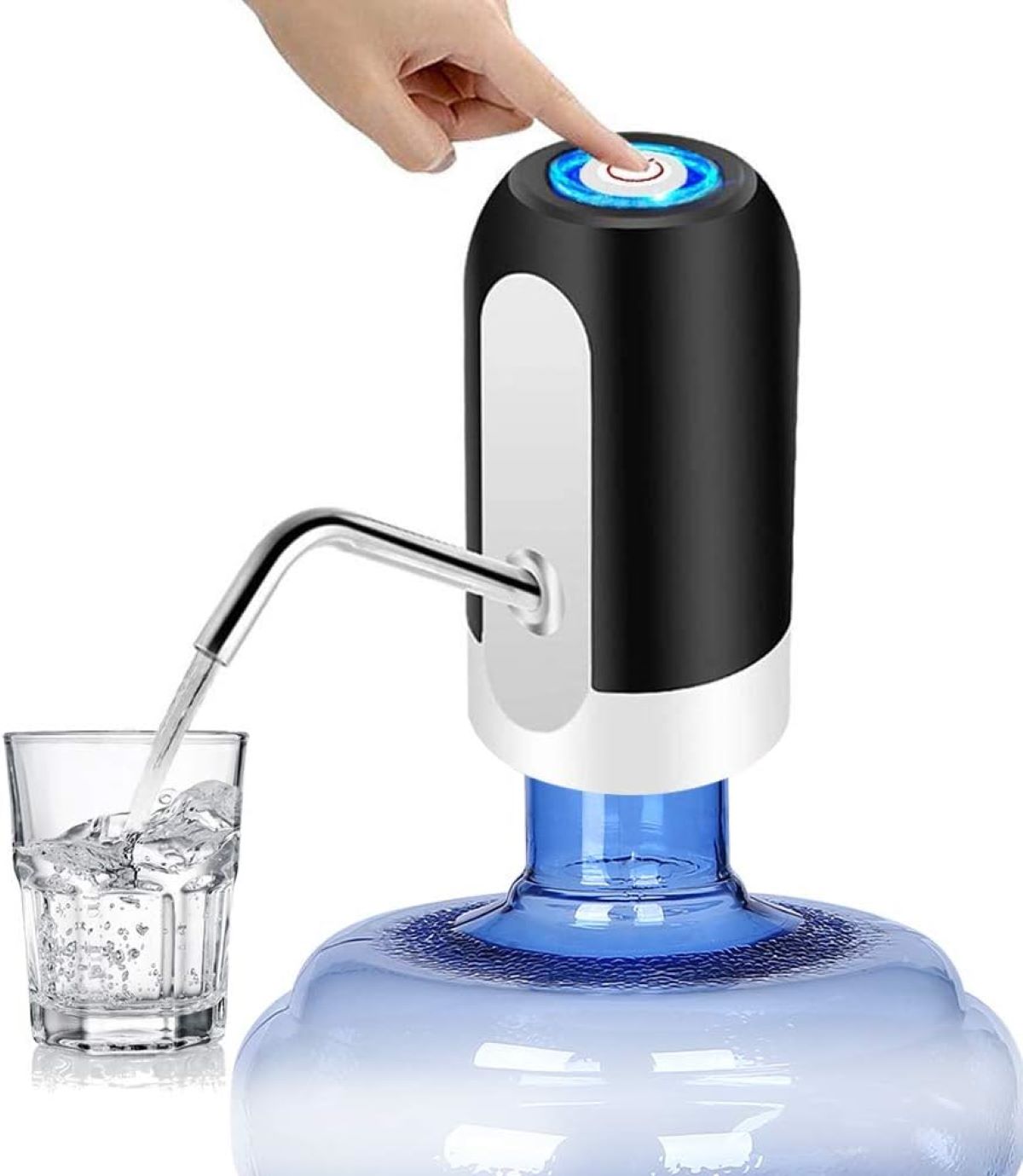

0 thoughts on “How To Store 5 Gallon Buckets”